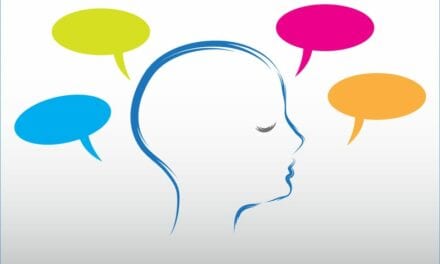High-intensity, repetitive rehabilitation exercises can help stroke survivors significantly improve functioning in their paralyzed arm and in their quality of life—even years after their disabling event, according to science results presented recently at the American Stroke Association’s International Stroke Conference 2010.
Survivors who had 12 weeks of either robot- or human-assisted therapy showed clinically significant improved arm function (3-point improvement on the Fugl-Meyer Scale compared to usual care) and better quality of life (6-point improvement on the Stroke Impact Scale) 6 months later compared to survivors who had no additional therapy.
"Even very chronic stroke patients can achieve meaningful recovery," said Albert C. Lo, MD, PhD, the study’s lead author and a neurologist at the Veterans Affairs (VA) Medical Center and Assistant Professor of Neurology at Brown University in Providence, RI, in a statement. "These findings offer a potential new therapy for stroke survivors, suggesting that high-intensity therapy can result in modest but significant improvement in motor functioning, performance and quality of life."
The findings are particularly important because "there is still a widely held belief among physicians that very little recovery can occur beyond the first six or 12 months after a stroke," Lo said.
In the study, researchers examined whether robot-assisted therapy, compared to a group receiving therapy based on conventional techniques and another receiving usual care, could reduce arm paralysis years after stroke.
Researchers recruited 127 VA patients (96% males; average age 65) whose paralyzing stroke had occurred an average of 56 months before enrollment.
"They had severe paralysis, and 33% had suffered multiple strokes," Lo said.
Patients were randomly assigned to one of three groups: robot-assisted therapy (49), human-assisted intensive-comparative therapy (50,) and usual care (28). Both the robot and intensive-comparative groups were asked to attend 1-hour therapy sessions three times a week for 12 weeks. They did the same number of similar arm exercises, and for the same lengths of time. One group worked with a human therapist and one worked with a robot along with a therapist. The usual care group received no extra therapy.
Of the 127 patients, 111 (87%) completed the study. They were tested at the beginning of the trial and at six, 12, 24, and 36 weeks, using three scales for arm function. One measured the disabled arm’s basic motor function. Another tested a patient’s ability to do simple tasks, such as fold a towel. The third used the patients’ own views on how paralyzed arm function affected their daily activities and quality of life.
The study showed:
—At 12 weeks—the end of therapy—none of the groups showed significant improvement in motor function.
—At 36 weeks, robot-assisted therapy proved significantly superior to usual care in improving arm function (3-point improvement on the
Fugl-Meyer scale). Intensive-comparative therapy showed similar improvements, without statistical differences compared to robot-assisted therapy.
—The patients receiving robot-assisted therapy also reported significant improvements in quality of life compared to usual care (6 points on the Stroke Impact Scale).
"These findings offer hope for all with chronic stroke impairment," Lo said. "Intensive, repetitive therapy could potentially benefit legs and cognitive function as well as arms."
Each year, about 795,000 Americans suffer a stroke, according to the American Heart Association/American Stroke Association. Of the 6.4 million US stroke survivors alive today, as many as 15% to 30% are considered "permanently disabled."
Funding was provided by VA Cooperative Studies Program and VA Rehabilitation and Research Development Service.
[Source: American Heart Association]




